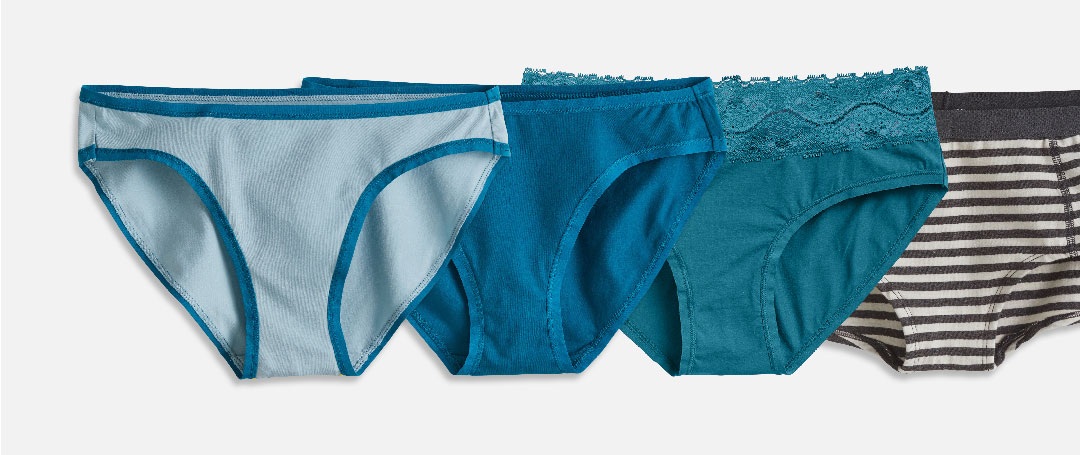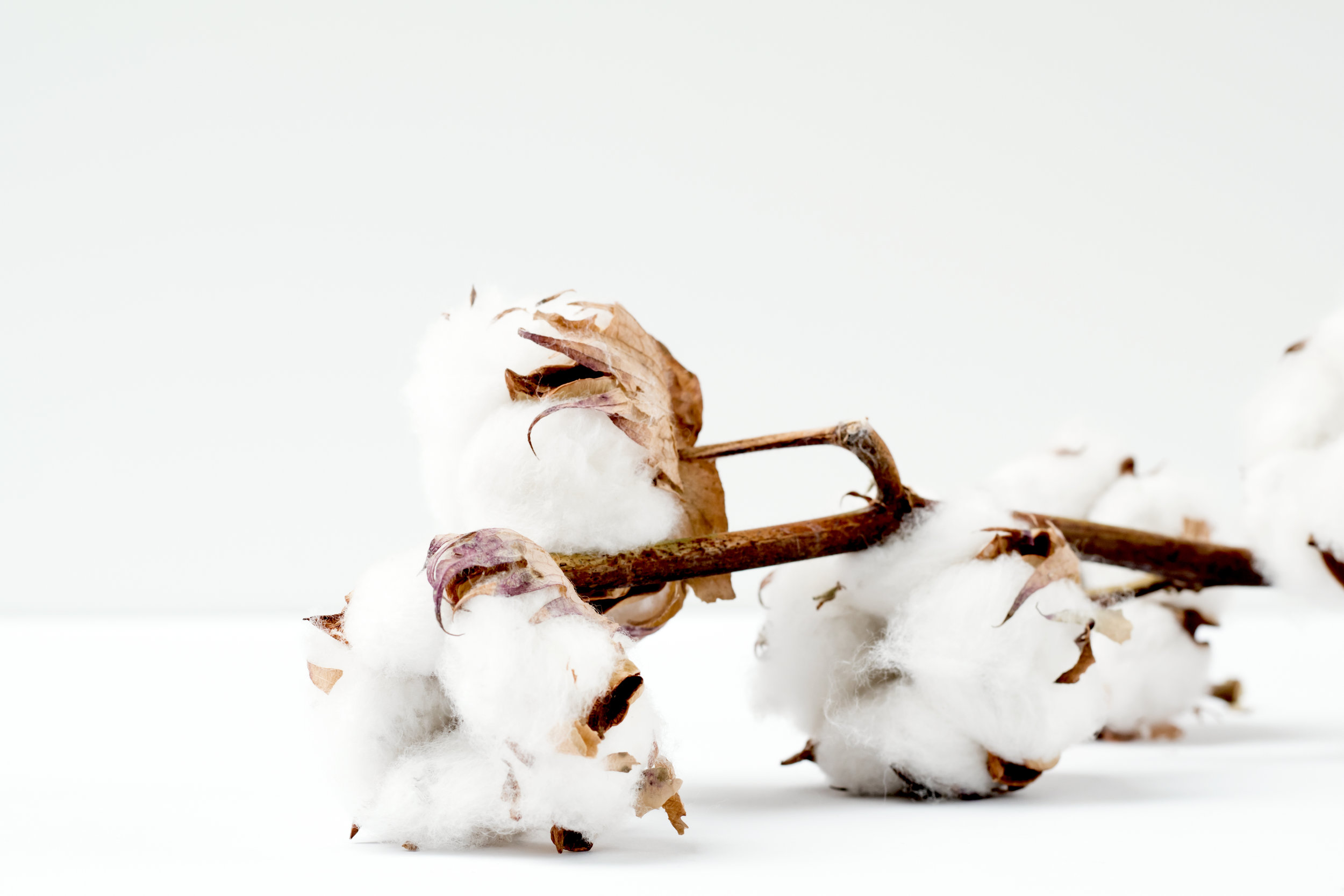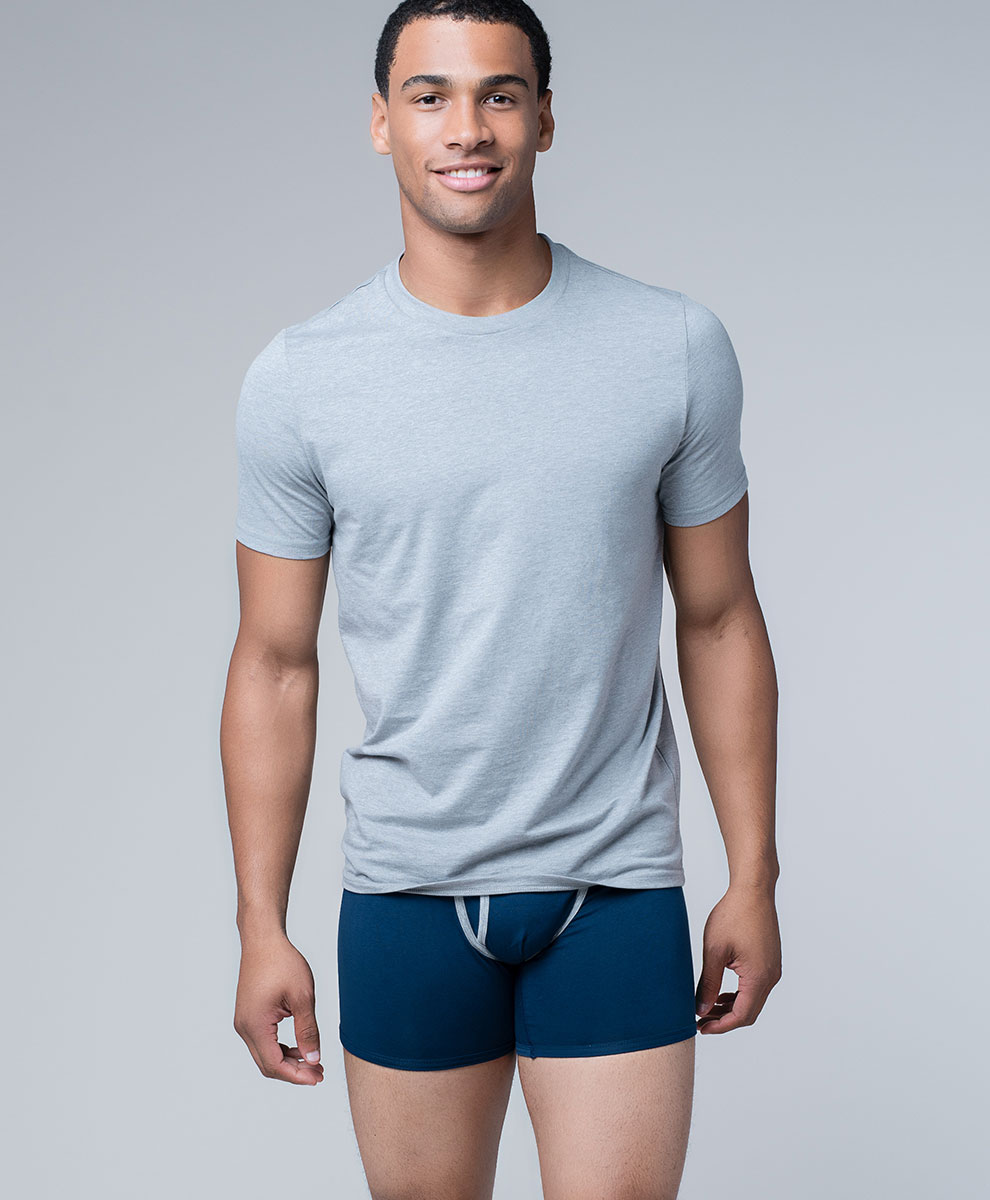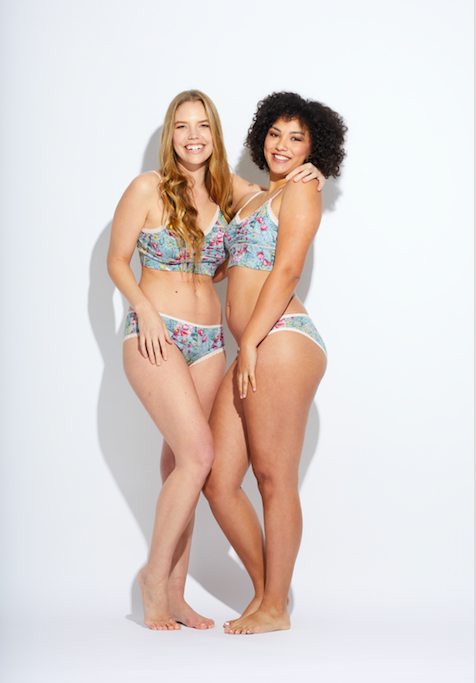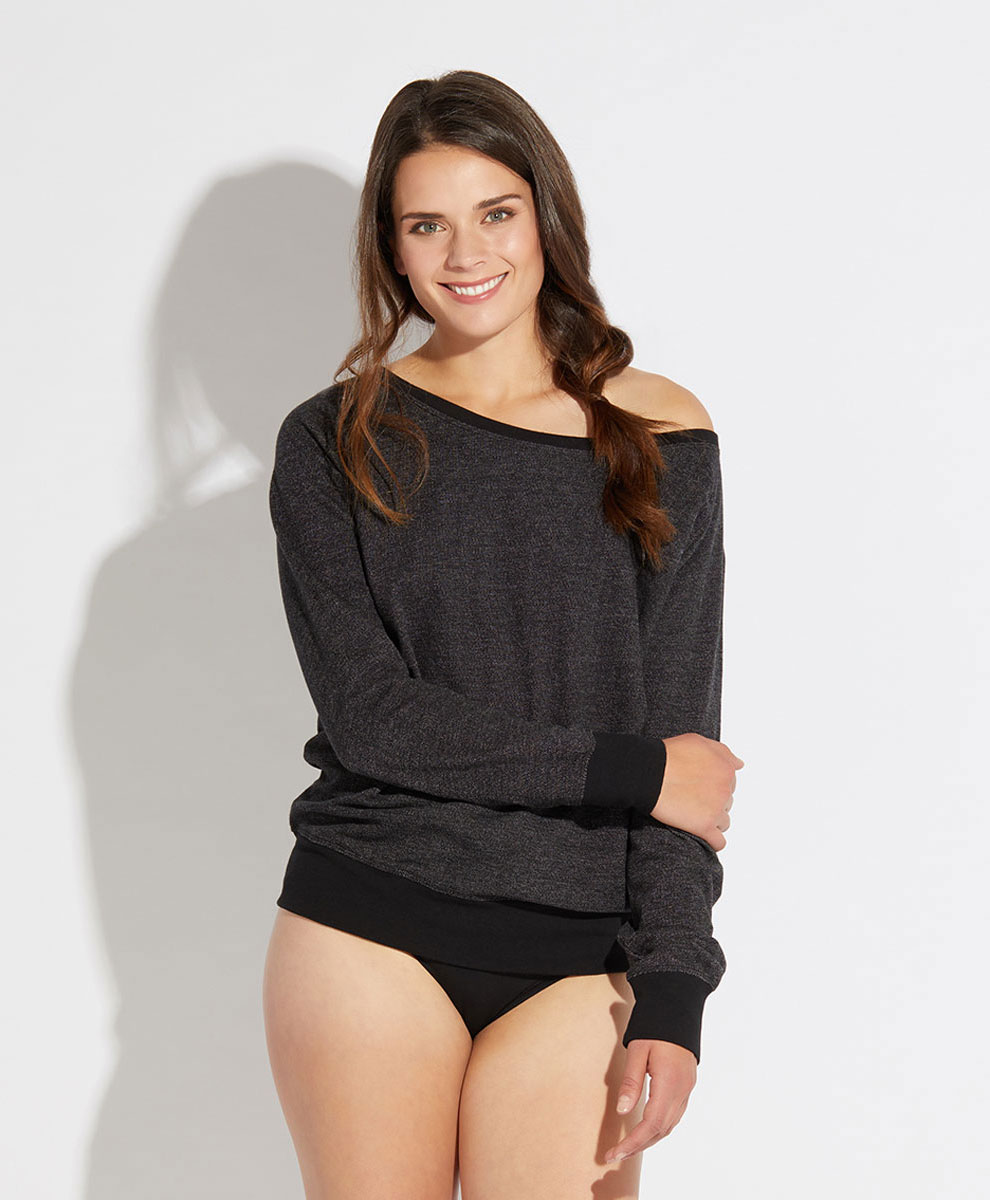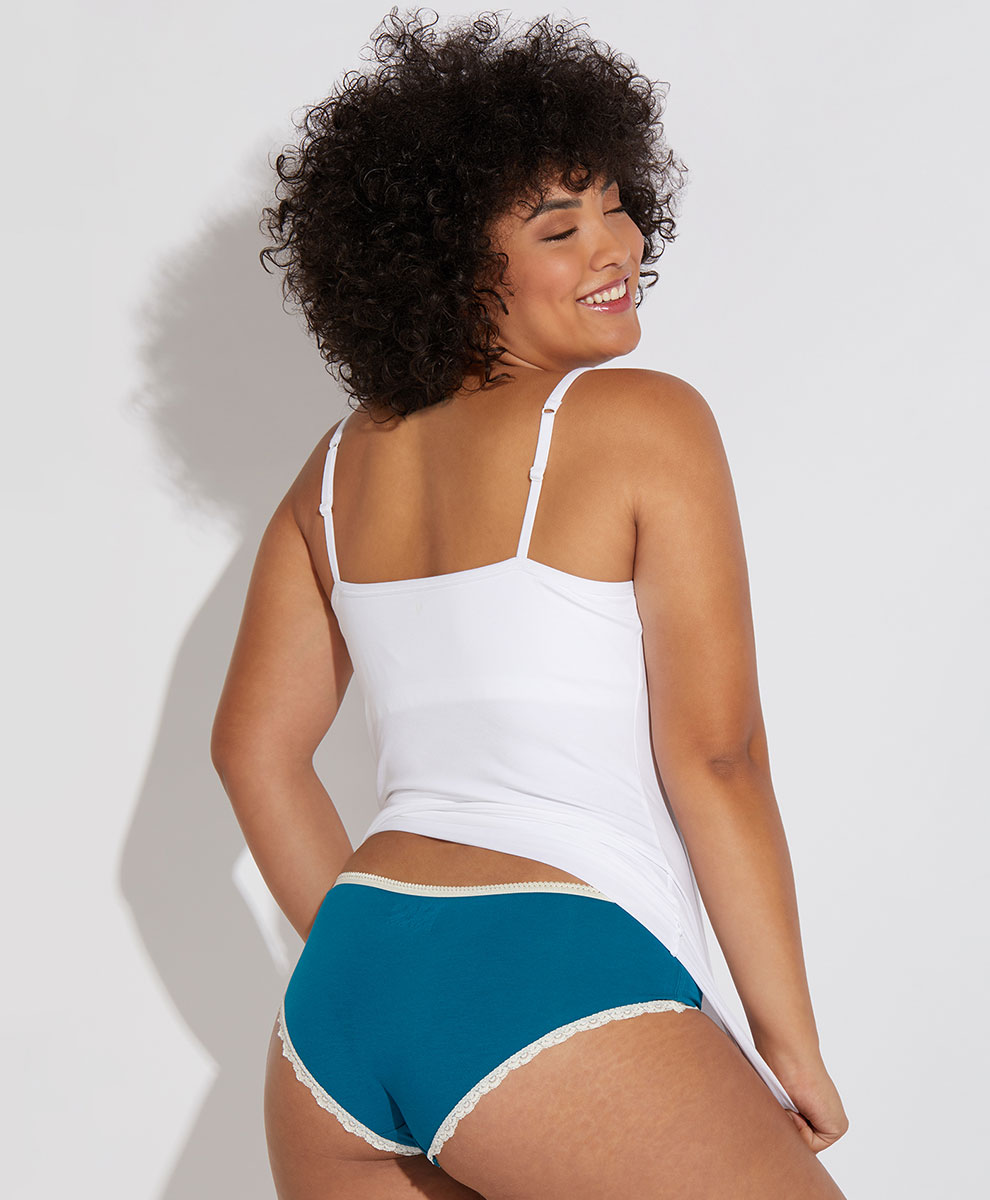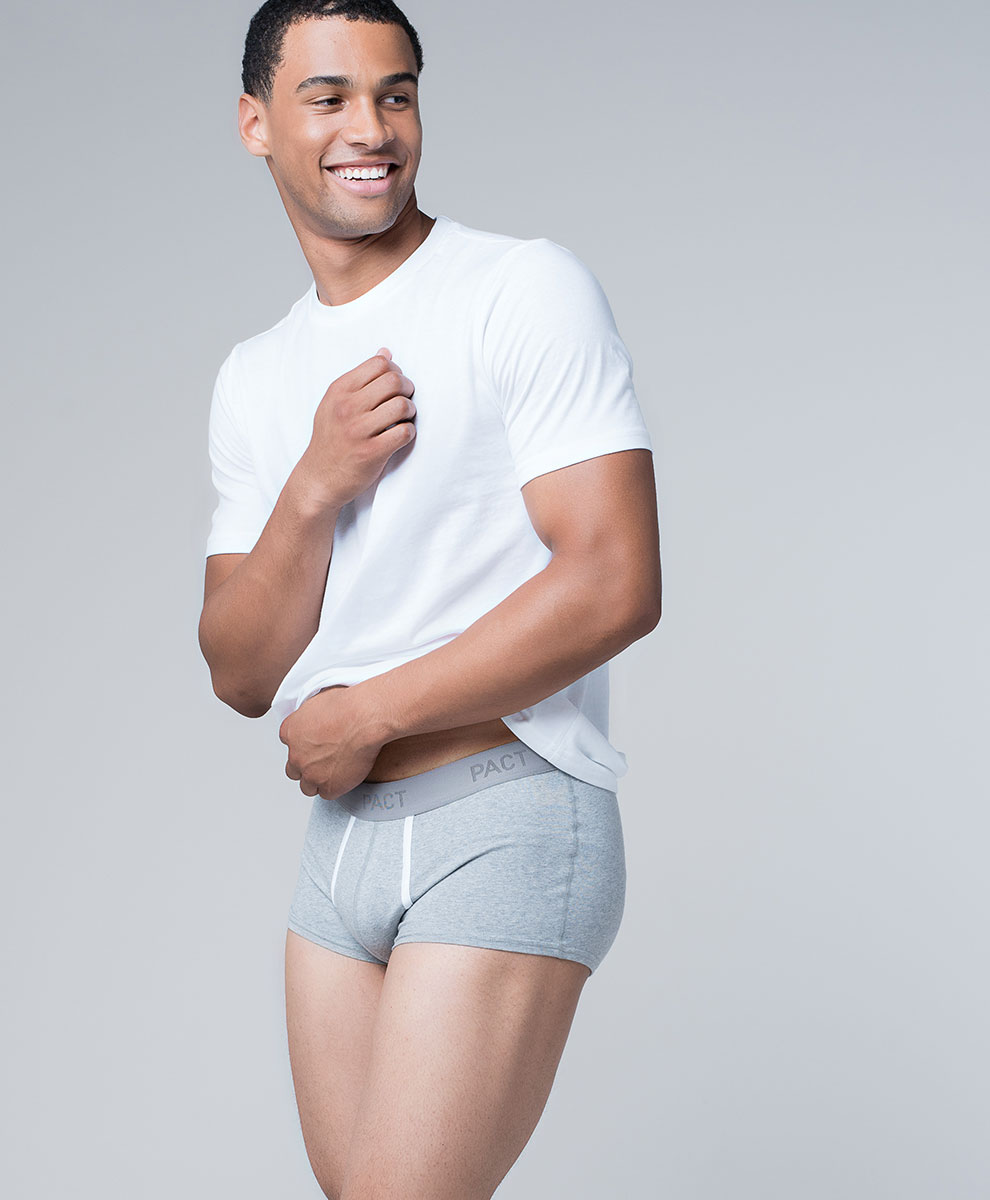How Clean is Your Underwear?
You probably don’t put as much thought into your underwear as you do into the rest of your outfit when you get dressed daily. But here are three questions you should be asking about your skivvies that might just change your thinking:
Question #1:Who made them?
Pact clothing is made it Fair Trade Certified Factories which provides better wages and working conditions for employees.
The apparel industry has long had a bad reputation when it comes to the treatment of its workers. In fact, the term “sweat shop” originated between 1830 and 1850 as a specific type of workshop in which a certain type of middleman, the sweater, directed others in garment making. Even though most American clothing companies manufacture overseas which preserves the “out of sight, out of mind” mentality, the 1.34 trillion apparel industry is still quite unsavory when it comes to human rights. There is a rising movement to use “Fair-Trade Certified” factories where working conditions are regulated and workers are given premiums ($) on top of their base wages. The workers use this money for projects that improve their lives -- everything from building local canteens that increase their access to affordable food to investing in bikes as a means to get to their jobs to earn a living. While changing your underwear can seem trivial, it can dramatically change the standard of living for a talented sewer or farmer across the globe.
Question #2: What’s in them?
Pact clothing is made from 100% organic cotton, which uses less water to produce and zero chemicals or fertilizers when growing.
One of the most common materials for underwear to be made out of is cotton; however, cotton is one of the dirtier crops in the world due to its use of insecticides and synthetic fertilizers. Cotton covers 2.5% of the world's cultivated land, yet it accounts for 24% of the world's insecticide market. Similarly, it can take almost a 1/3 pound of synthetic fertilizers to grow one pound of raw cotton in the U.S. Translation: it takes approximately one pound of chemicals to grow three pounds of conventional cotton. Organic cotton on the other hand is grown with only organic fertilizers which means there is nothing you can’t pronounce on the ingredient label of your undies.
Question #3: Are they healthy for my undercarriage?
Yeast and other bacteria grow in warm places. Cotton undies wick away moisture.
We all learned in middle school science class that yeast and bacteria require two things to grow: moisture and warmth. Eww, but true: your underwear has that going for it in spades. The best way to prevent all of this activity in your underwear? Choose cotton. Underwear made from synthetic materials restricts airflow to the genitals. Natural cotton, in contrast, is porous and allows air to flow through the material, which helps to keep the genitals drier and cooler. Even if your cute nylon or lacy pair has a cotton crotch, it still traps more heat than cotton. Want to make a big change? Choose organic cotton underwear. Organic cotton is grown without synthetic fertilizers which are often petroleum based and contain additional chemicals and dyes. What’s worse than yeast? Probably petroleum and dyes.

